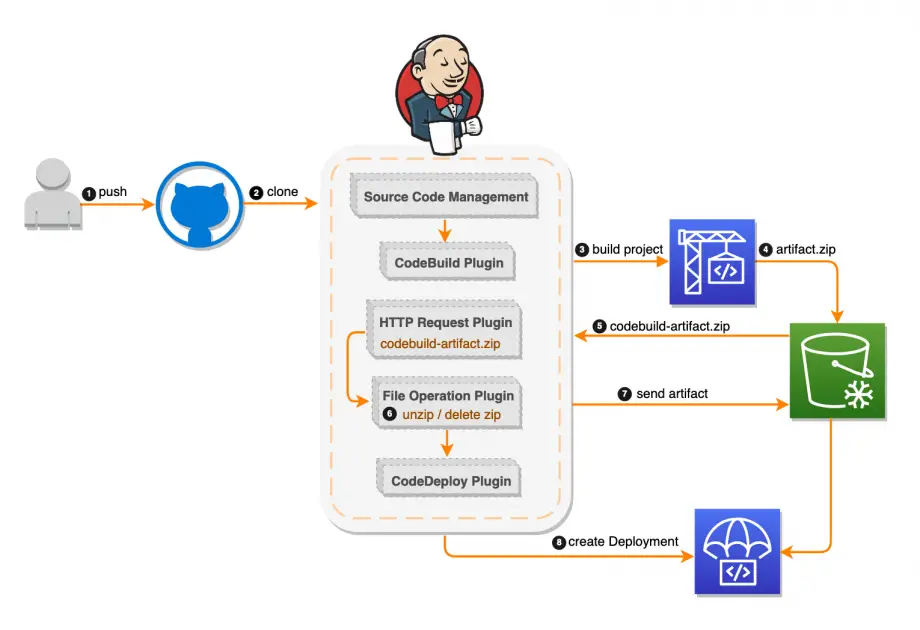Setting Up A Continuous Integration Pipeline In Visual Studio

Executive Summary

This article provides a comprehensive guide to setting up a continuous integration (CI) pipeline in Visual Studio, empowering developers to automate the software development process, ensuring code quality, and expediting the software delivery lifecycle. By leveraging Visual Studio’s CI capabilities, development teams can enhance collaboration, improve code quality, and accelerate the release of high-quality software products.

Introduction
Continuous integration (CI) is a vital software development practice that involves automating the integration of code changes from multiple developers into a shared repository. This process enables teams to identify and resolve conflicts early in the development cycle, preventing issues from accumulating and causing significant delays or defects. By utilizing Visual Studio, developers can harness its robust CI features to streamline the software development workflow, foster collaboration, and ensure the delivery of high-quality software applications.
Key Considerations for Setting Up a CI Pipeline in Visual Studio
-
Source Control Management:
- Utilizing a version control system like Git enables multiple developers to collaborate effectively on a shared codebase.
- Git branching strategies, such as feature branches and pull requests, facilitate code changes management and integration.
- Centralized code repositories, such as GitHub or Azure DevOps, serve as a central hub for code storage and version control.
-
Build and Test Automation:
- Employ automated build processes to compile and assemble the codebase, detecting errors early in the development cycle.
- Implement unit tests to verify the correctness of individual code modules, ensuring code functionality.
- Utilize integration tests to assess the interaction and functionality of various code modules when combined.
- Leverage continuous testing tools, such as NUnit or MSTest, to automate the execution of test suites.
-
Continuous Monitoring and Feedback:
- Employ monitoring tools to track the health and performance of the CI pipeline, identifying potential bottlenecks or issues.
- Configure automated notifications to alert team members about build failures, test failures, or code quality issues.
- Foster a culture of continuous feedback by encouraging developers to actively review and provide feedback on code changes.
-
Continuous Deployment and Delivery:
- Automate the deployment of code changes to various environments, such as staging or production, using tools like Azure DevOps or Jenkins.
- Implement continuous delivery practices to ensure that code changes are delivered to production frequently, minimizing the risk of introducing defects.
- Monitor production environments to detect and address issues promptly, ensuring application stability and reliability.
-
Security and Compliance:
- Integrate security checks into the CI pipeline to identify vulnerabilities or compliance violations early in the development cycle.
- Implement code analysis tools to detect security flaws, ensuring the integrity and safety of the codebase.
- Utilize security automation tools to automate security testing and monitoring processes, reducing manual effort and improving security posture.
Conclusion
By establishing a comprehensive CI pipeline in Visual Studio, development teams can realize numerous benefits, including improved code quality, accelerated software delivery, enhanced collaboration among team members, and reduced risk of defects. With the aid of Visual Studio’s powerful CI capabilities, development teams can streamline their software development processes, ensuring the timely delivery of high-quality software applications that meet evolving customer demands.
Keyword Phrase Tags:
- Visual Studio CI Pipeline
- Continuous Integration
- Automated Software Development
- Software Quality Assurance
- DevOps

This is a great article! I’m going to try this out on my next project.
This article is missing some important steps. It would be helpful if you could include more detailed instructions.
I’m not sure I understand how to set up a CI pipeline. Can you provide some more information?
I think CI pipelines are a waste of time. They just slow down the development process.
I’m not sure why you would want to set up a CI pipeline. It’s just more work.
This article is so full of errors. It’s hard to take it seriously.
I love CI pipelines! They make my life so much easier.
I’m not sure I understand how to set up a CI pipeline. Can you provide some more information?
I think CI pipelines are a great idea. They can help to improve code quality and reduce the risk of errors.